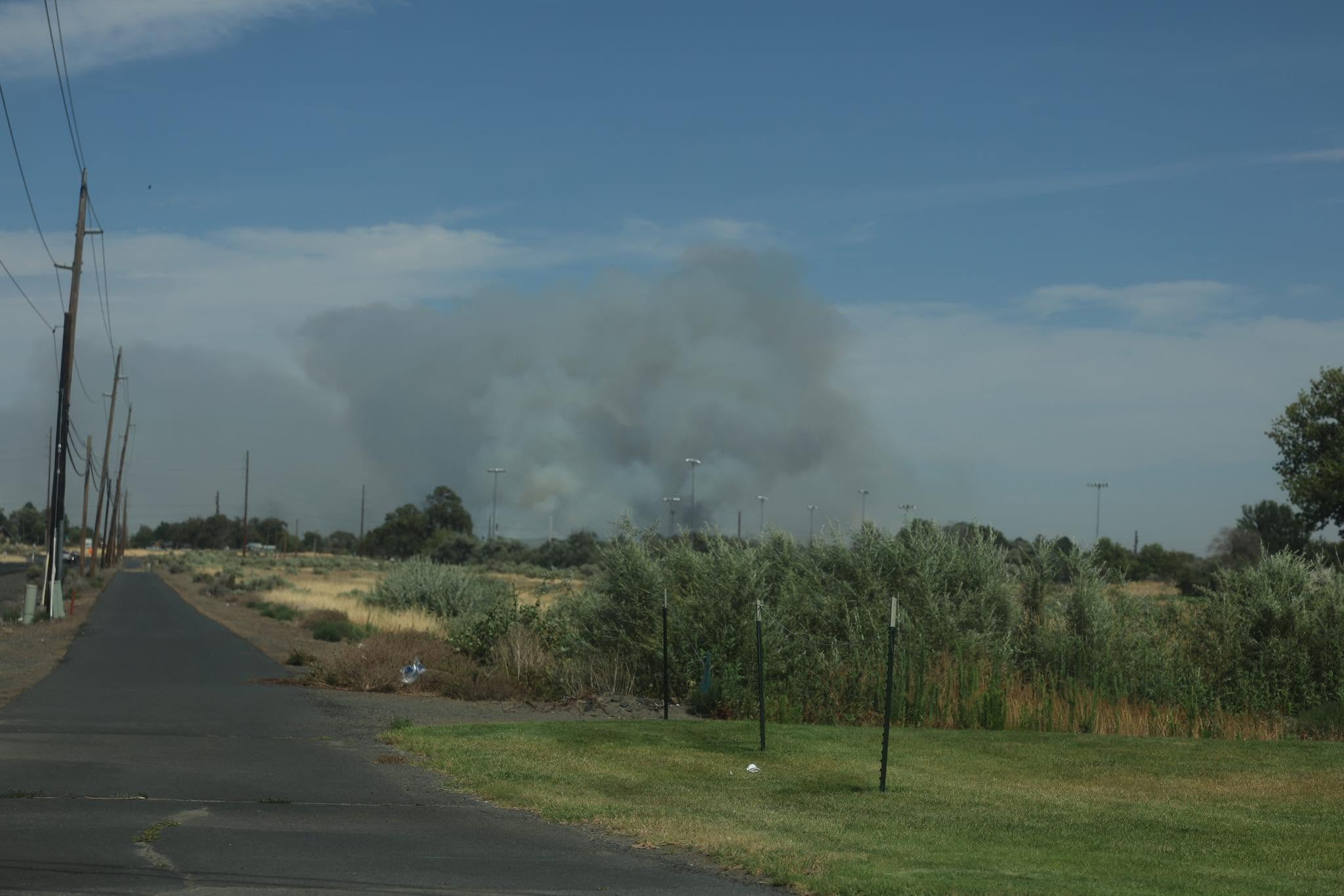Oregon needs action on water
Published 12:04 pm Wednesday, August 22, 2012
Oregons recently completed Integrated Water Resources Strategy gives short shrift to agriculture and the need for more water storage around the state.
The plan recognizes both the contribution agriculture makes to the states economy and the impact adequate amounts of water have on agricultural yields, but it doesnt go beyond that.
Water in Oregon is grossly underutilized, according to the strategy. About 100 million acre-feet of water fill lakes and streams and recharge aquifers each year. Of that, only 9 percent is used for agriculture, municipal water systems and other purposes. That means 91 percent either stays in the ground or flows to the ocean.
At least some of that extra water should be put to use for irrigation and other agriculture-related purposes. The document found that crops generally have the largest requirement of water during the summer, when streamflows are lowest, yet it doesnt go beyond that. That means storage in aquifers, ponds and lakes is much needed.
Members of Gov. John Kitzhabers administration are quick to point out the value of agriculture and the contributions the states 38,000 farms and ranches make to the economy, but when it comes to protecting and promoting their lifeblood water all the strategy does is call for more studies.
We fear studies may be a code word for doing nothing.
To be perfectly clear, Oregon needs more water storage to grow and to do its part to feed the world. It doesnt need more studies and it doesnt need more lip service about why Oregonians cant take advantage of the ample water resources that literally fall out of the sky.
Thats in stark contrast to state and federal leaders in other states such as Washington, where coordinated efforts are under way to increase the amount of irrigation water taken from the Columbia River. Rep. Doc Hastings, R-Wash., chairman of the House Natural Resources Committee, is also working hard to protect and improve water resources to help farmers and ranchers.
Agriculture in Oregon needs more water that can be used to grow more crops, water livestock and quench the thirst of the 3.6 million people that live here. Whether its in the form of dams, ponds or recharging aquifers our personal preference additional storage for water will continue to be crucial to the future of agriculture in Oregon.
And the states economy in general.
Now is the time for action, not more studies.









